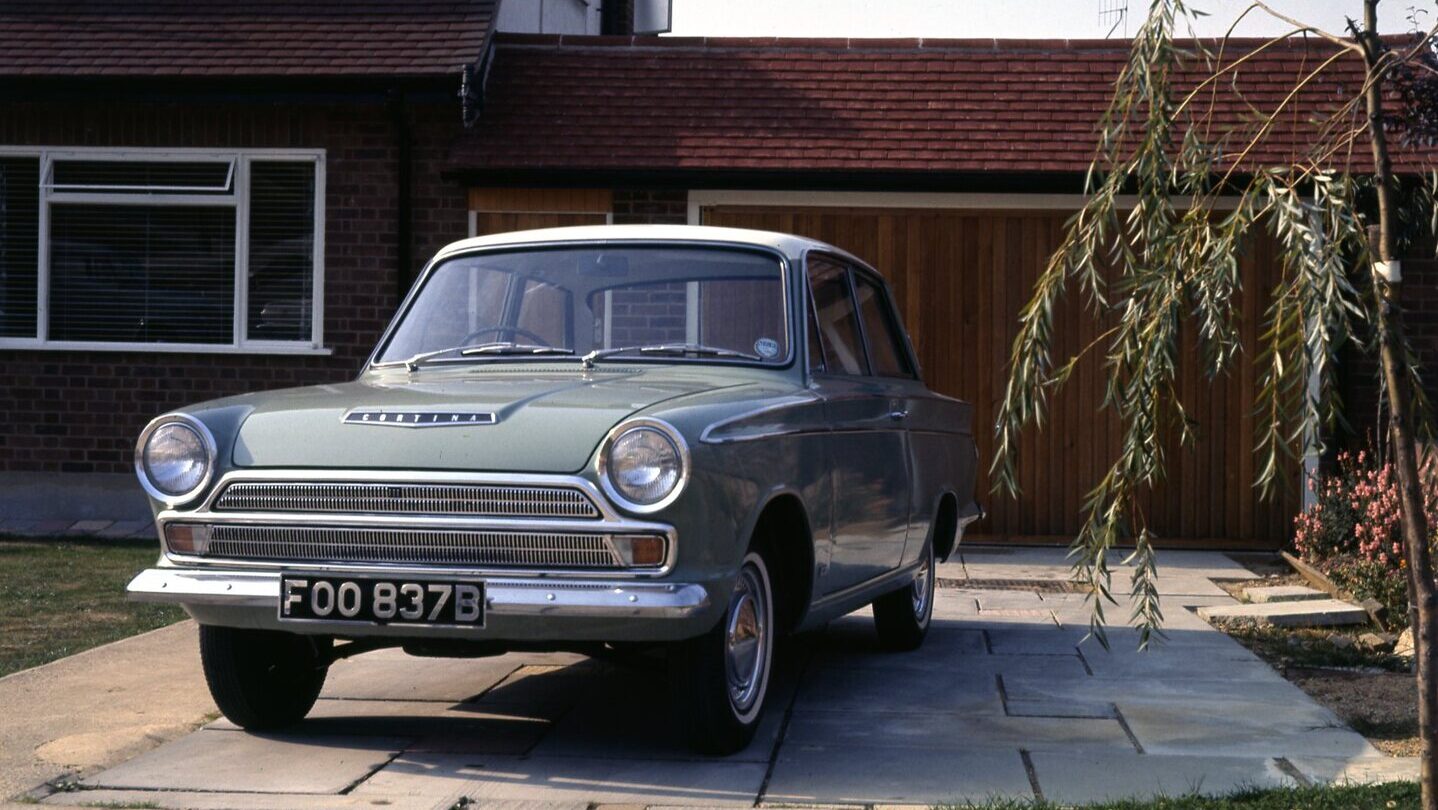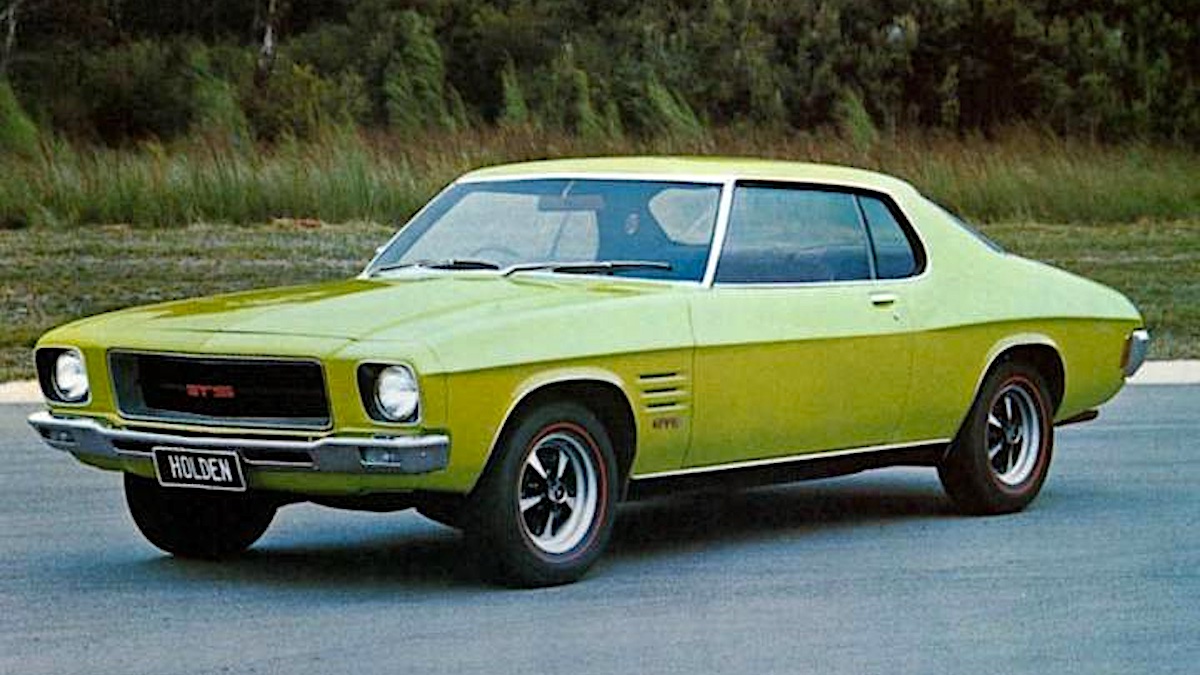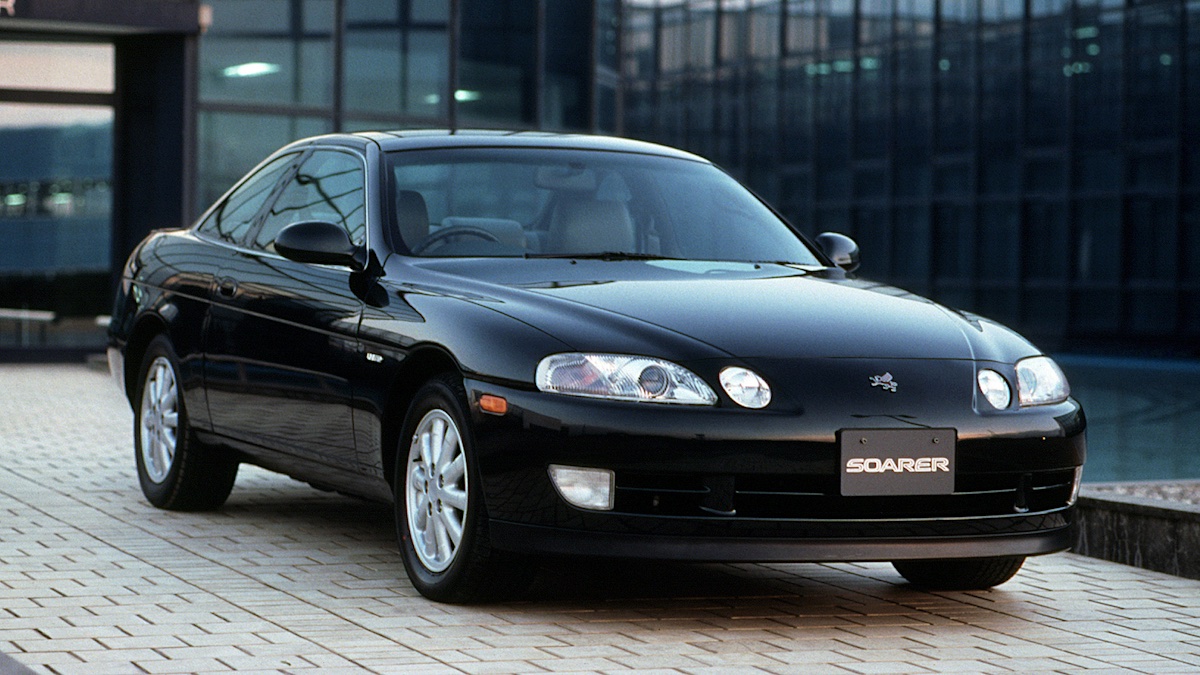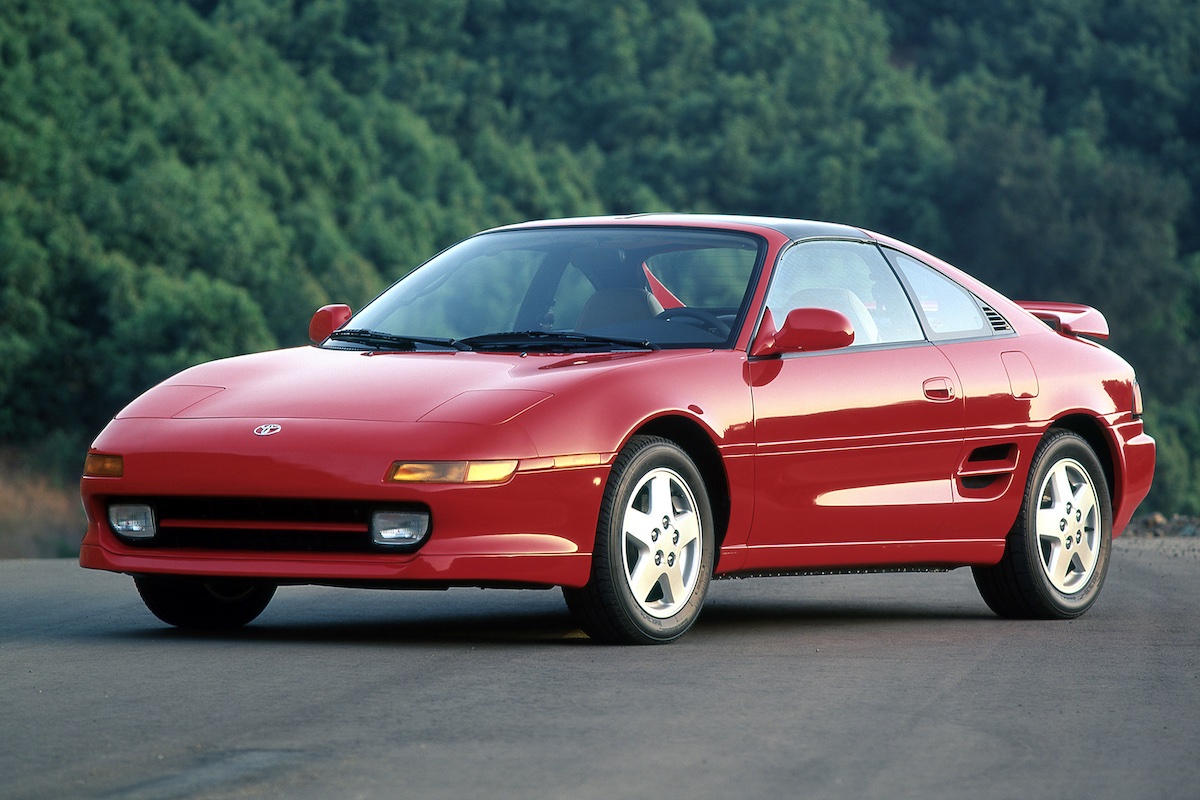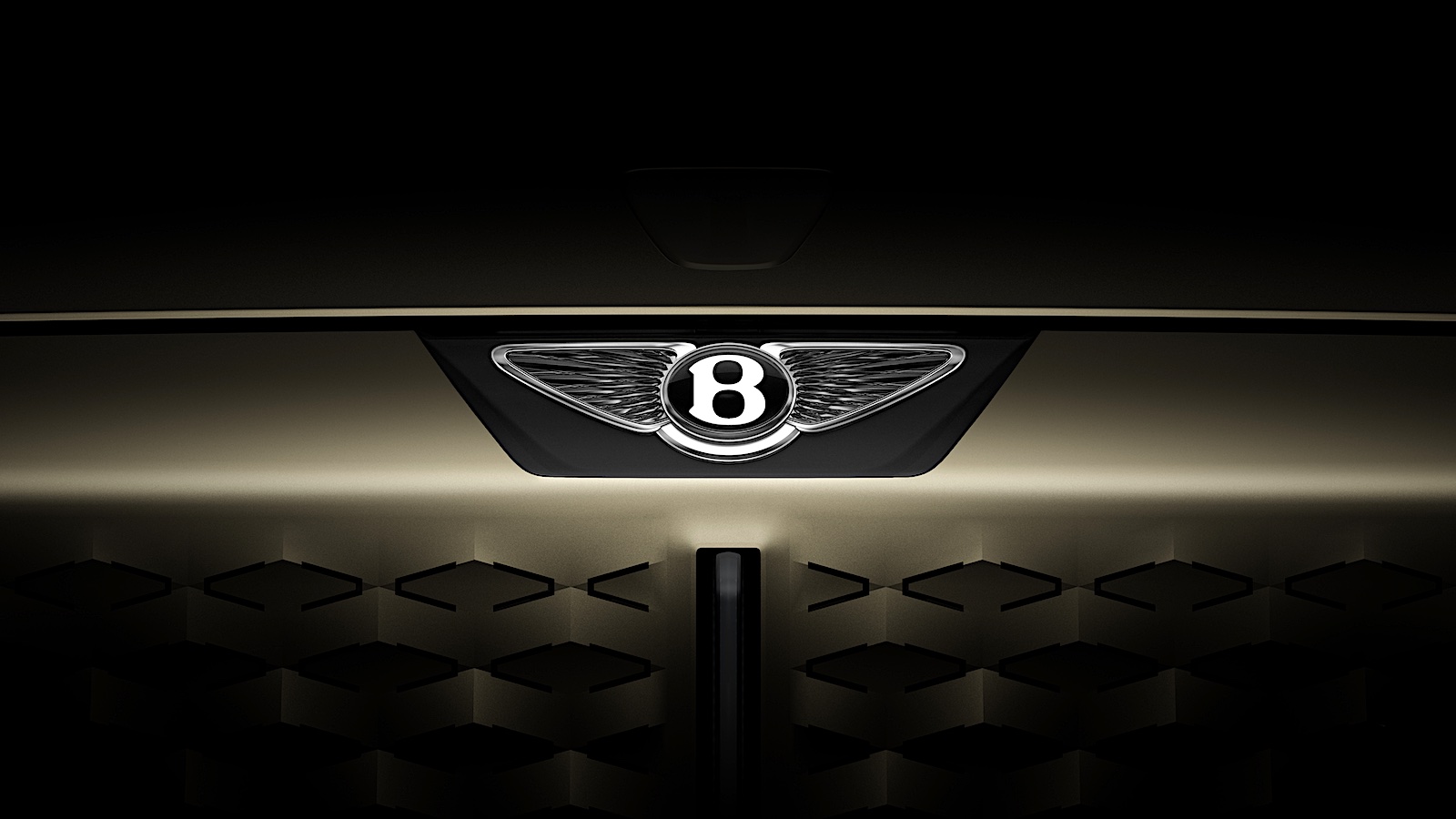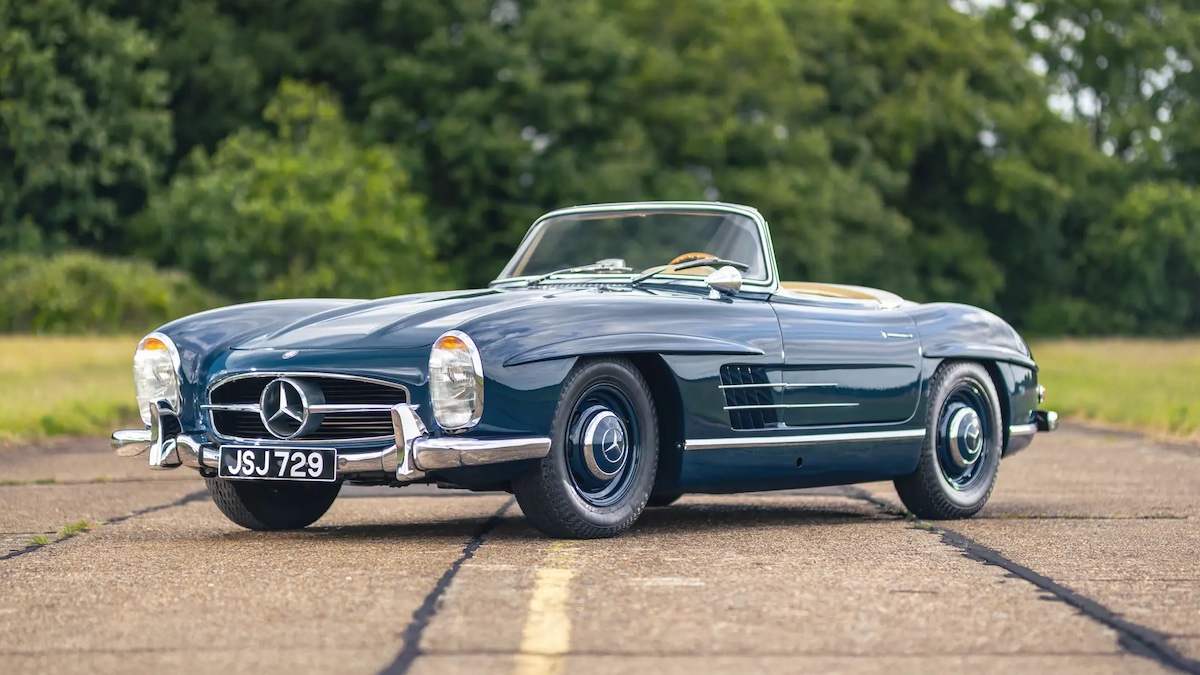Ford’s Consul Cortina was announced to its British home market in October 1962 and appeared in Australia just six months later. Early cars came with two doors, a 1.2-litre four-cylinder engine and sparse equipment, but the range soon expanded to include a four-door sedan with front bench seat and a 1.5-litre engine.
A GT version in two- and four-door body styles arrived in June 1963, boasting a dual-throat Weber carburettor, plus performance modification to cylinder-head and exhaust. The combined effect of these changes was a power increase of 14kW over the stock 1500, while the GT suspension was also upgraded and front disc brakes were fitted as standard.
None of these changes were a coincidence, given that the annual Armstrong 500 endurance race was being moved from Phillip Island to Bathurst’s Mt Panorama circuit in 1963, giving Ford an opportunity to prove the toughness and pace of its Cortina.
The strategy worked handsomely, too, with the Harry Firth/Bob Jane entry winning by a lap from the only EH Holden not to suffer problems, with other Cortina GTs filling third and fourth places.
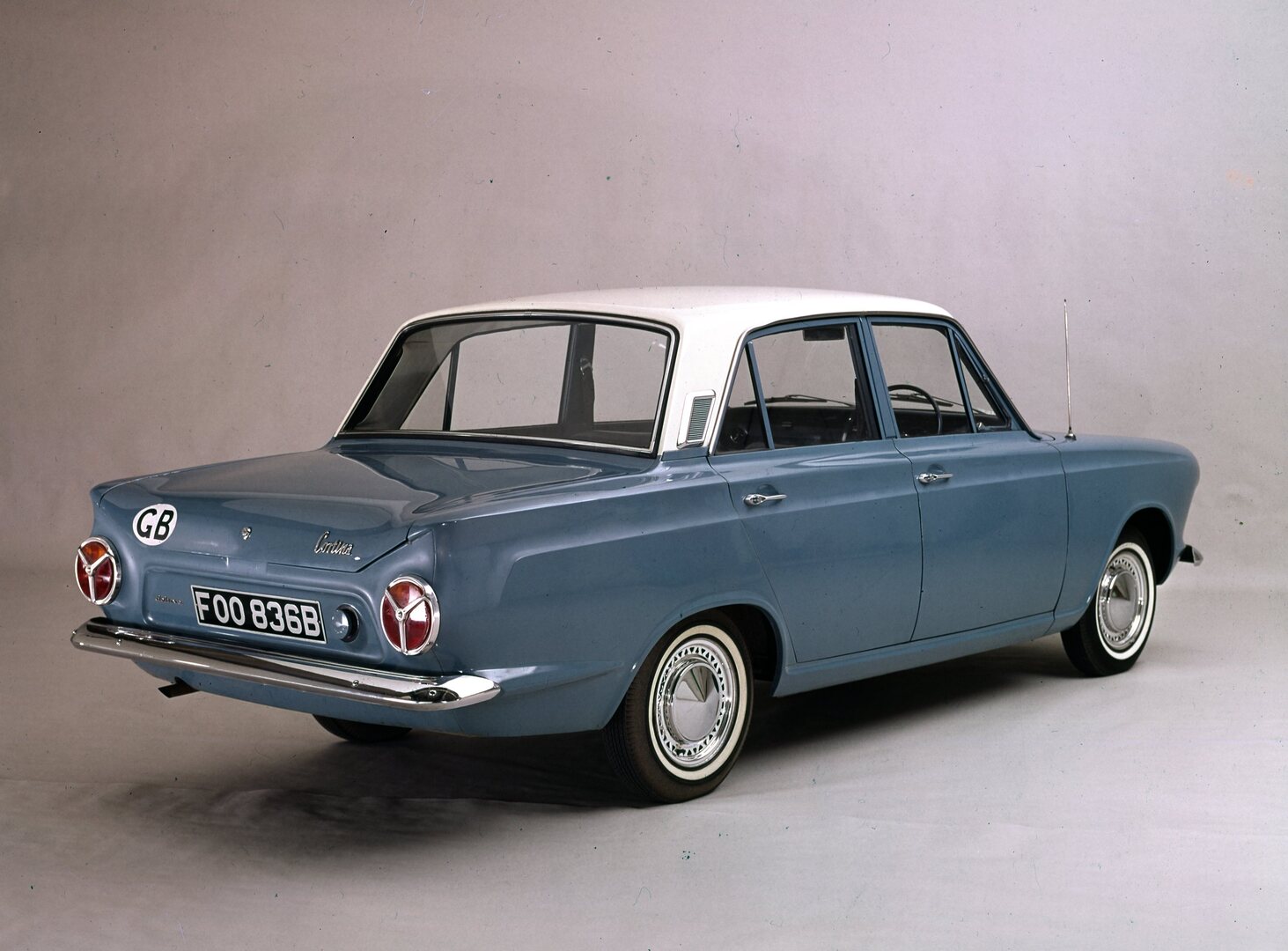
A revised Mark 1 Cortina appeared in 1965 with a new grille and ‘Air Flow’ ventilation. The dash was changed to include ‘eyeball’ air vents and a natty chrome extractor vent embellished the rear pillars. This update also saw an end to the ‘Consul’ name, with ‘Cortina’ now spelled out in block letters across the bonnet, while an automatic transmission was introduced as an option.
Mark 2 versions of the Cortina appeared on UK roads in late 1966, arriving in Australia just months later. The shape was more modern than the earlier cars’ design but less distinctive as well.
Wrap-around tail-lights replaced the earlier round units with their inverted peace-symbol segment, the roof pillars were heavier and a new grille served to enhance the width of the car. Interior room and boot capacity remained excellent but Australia was still denied the station wagon that had been available to UK buyers since mid-1963.
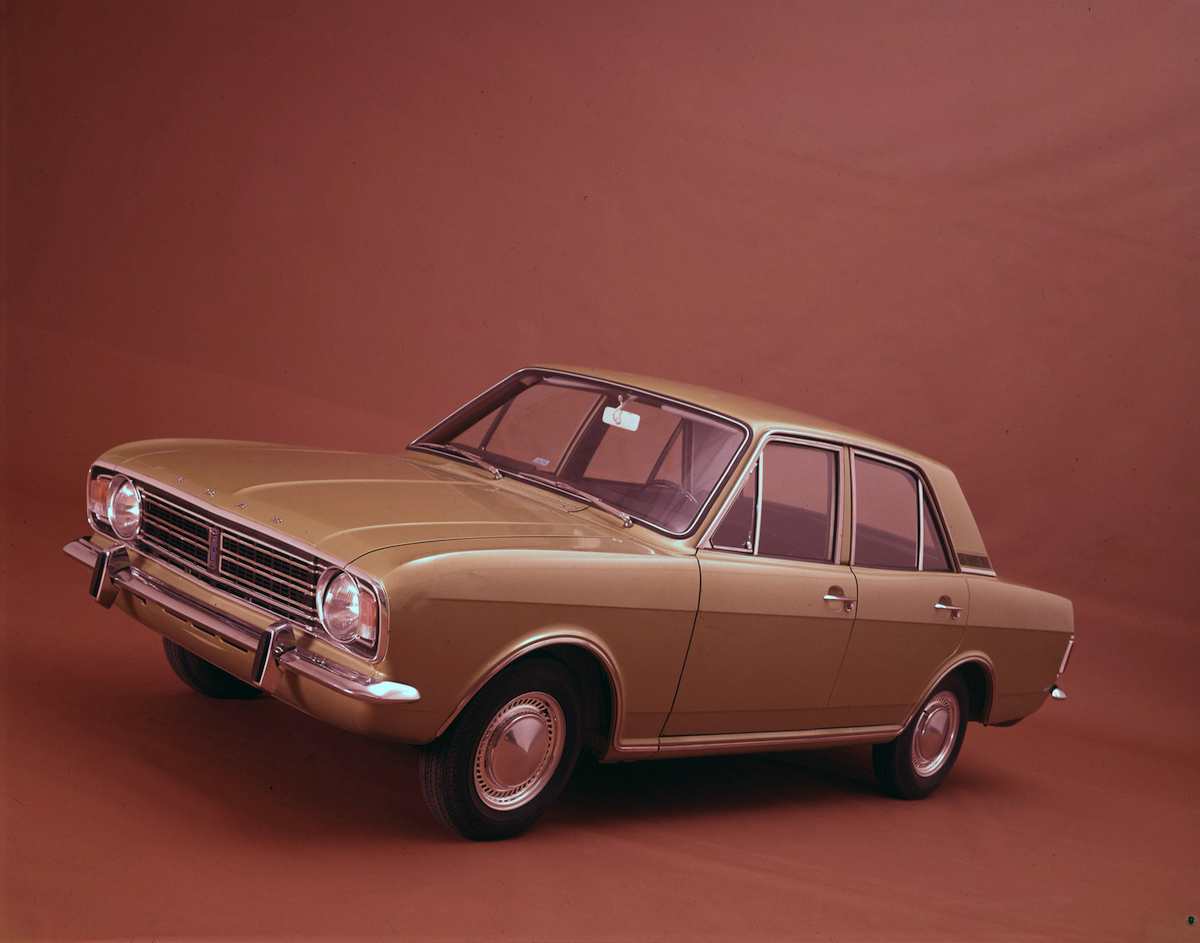
Mark 2 GTs were sold in Australia from 1969-71 with Lotus-inspired split front bumpers, black-out bonnet panels and driving lights. These GTs delivered 66kW and could reach a lively 153km/h.
There was also an upmarket ‘L’ version of the Mark 2 440 with automatic transmission, a timber veneer dash, carpets and full wheel covers.
More than a million of each Cortina model were built and at one time they were the best-selling four-cylinder cars in Australia. Today, survivors are difficult to source and becoming significantly more expensive, with unmodified 440 Mark 1s reaching $30,000.
Unsurprisingly, the sporty GT versions with racing provenance are especially costly, with excellent Mark 1 cars approaching $40,000 and the less common Mark 2 GT $5000 cheaper.
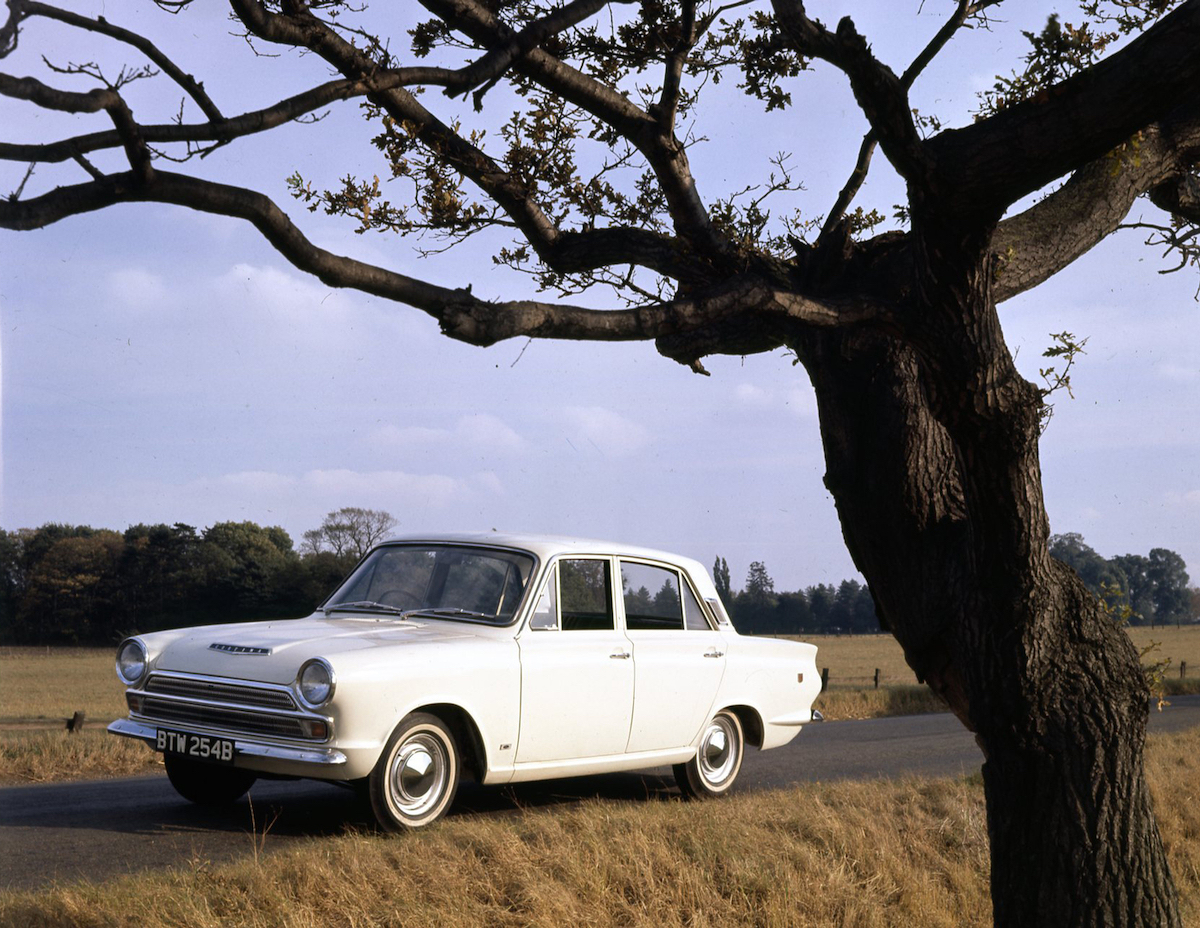
Things To Watch Out for When Buying a Used Ford Cortina (1962-71)
- Rust in floors, sills and rear quarter panels
- Column gearshift linkage wear makes selection difficult
- Engine smoke and oil leaks
- Brakes locking with minimal pedal pressure
- Seat backs in two door cars not locking into place
Valuation Timeline: Ford Cortina (1962-71)
- 1995: $5500
- 2005: $10,000
- 2010: $19,500
- 2014: $24,500
- 2019: $28,500
- 2024: $39,500 (Mark 1 GT)
Retro Rides’ Investment Rating
- 5/10

